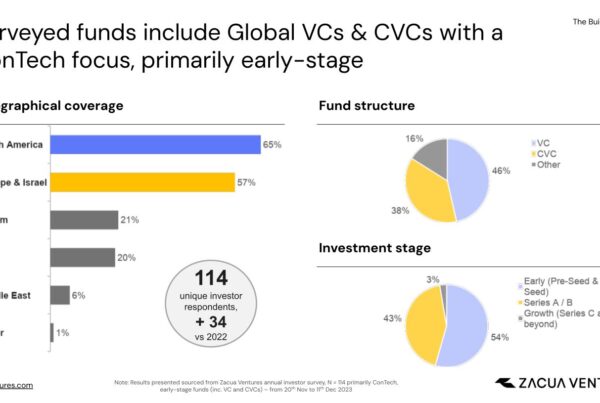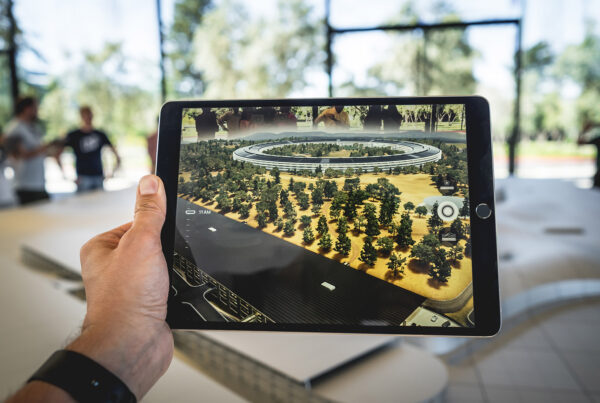In urban areas, most of new construction (or renovation) involves demolishing a part or an entire building (sometimes keeping the facade) and city regulations are increasing the pressure on contractors on percentages of materials being recycled (in some cases like Madrid Nuevo Norte, there’s a requirement of materials that need to be recycled and reused in the same project).
As a consequence, there’s a trend of startups coming to the market bringing different tech solutions to push for an easier and broader recycling of materials, supporting circularity in different ways. Next, we’ll analyze some of these models and provide a few examples of startups:
1. Material mapping
In order to ease the correct planning of circularity, some solutions are helping contractors to map and quantify the materials present in the building. Some of them are taking a next step of calculating selective demolition costs and potential financial gains when selling in a secondary market.
Examples include: Zupply, Material Index, Concular, Adaptis.ai, Spare it.
2. Recycled materials supply chain
In many cases, recycling is tough since there’s no supply chain specifically designed for this, and not all manufacturers currently offer a reclaim option. In this cases, startups like Material Index or Material Mapper are creating lists of materials and projects to connect supply and demand. Topolytics helps by mapping waste generation and supplying this info to recyclers. Soil Connect and Hesus do the same with earth movements.
3. Waste Management
Traceability and accountability of the waste generated, disposal and final usage is also becoming more pressing for contractors. Different solutions are leveraging this data to provide alternatives to landfills. Also, by connecting with container suppliers, you can drastically improve transportation costs.
Examples include: Qflow, Hesus, Skrap, Trinov, Wastebox, waste marketplace. Recylink, cocircular, inex circular.
4. New recycling options
Preserving or readapting used materials to give it a second life has proven challenging from a unit economic standpoint. Hence, we have identified some options that are automating these processes and lowering the costs involved.
Examples include: Urban Machine (timber), Waste Robotics, CemVision
5. Others
Some other technologies include sensors for waste sorting, mobile recycling units, advanced recycling processes (pyrolysis) and overall production of building materials from waste.
Landfills have their days counted. Regulation and taxation is increasing the cost of disposing construction waste and technology is creating new markets around the circular economy. All stakeholders will have to adapt to these new dynamics, from asset owners, designers, contractors, suppliers, demolition companies, etc. If your interested in discussing your role in this new value chain, we’re happy to discuss.









